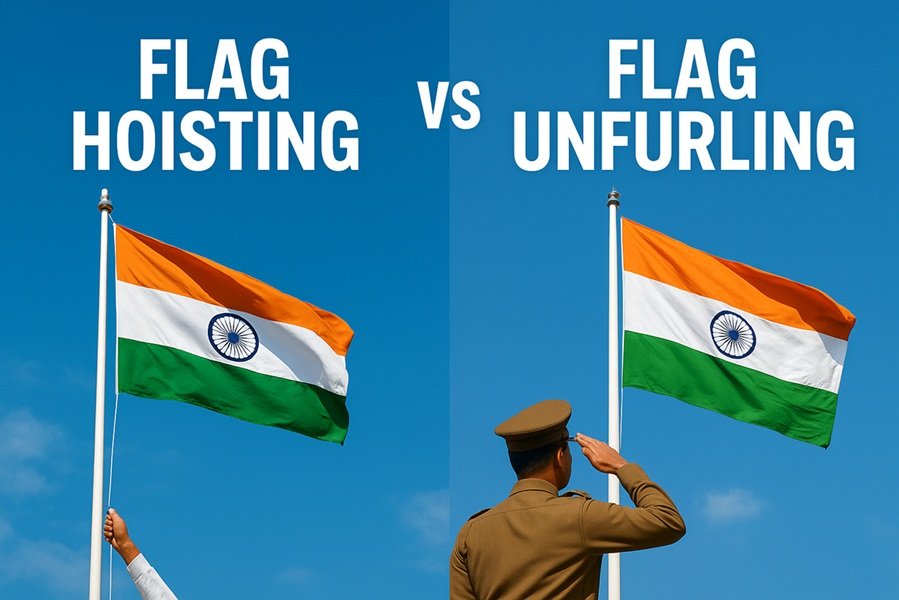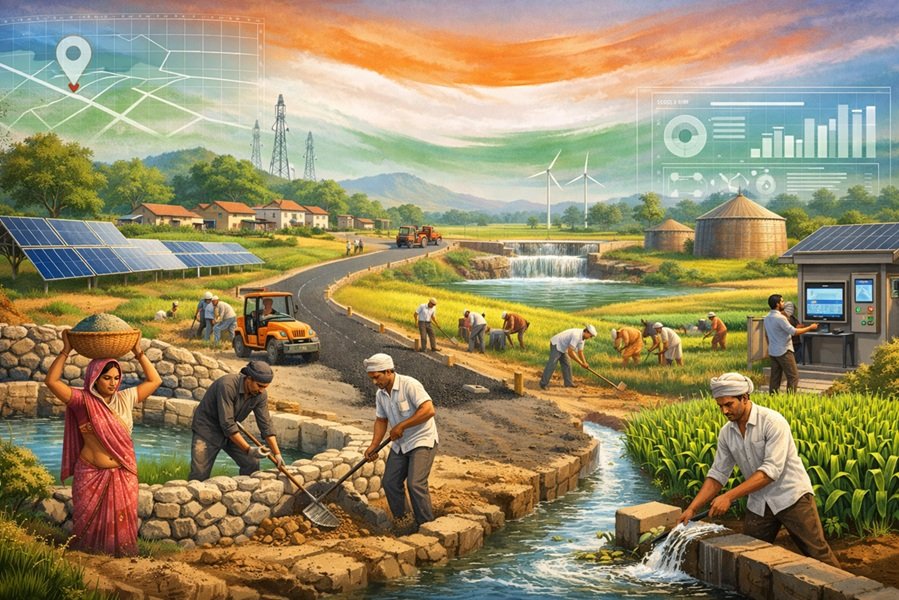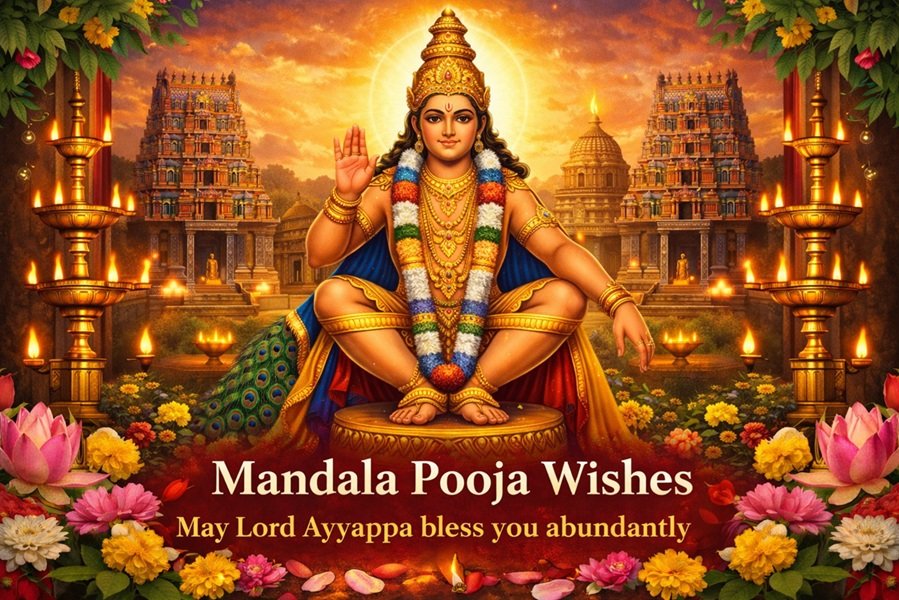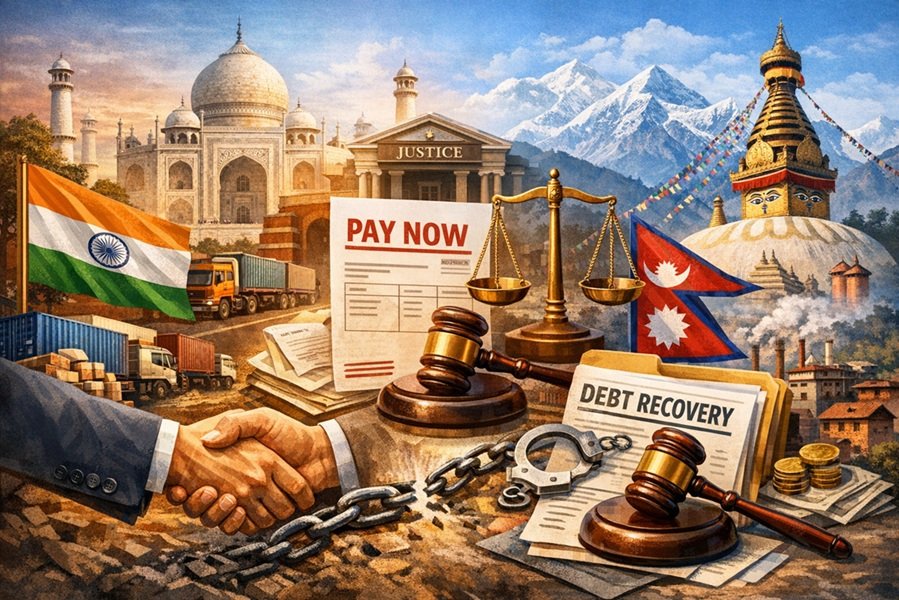
Introduction
The national flag of a country is more than just cloth—it is a symbol of pride, sacrifice, and sovereignty. In India, two important ceremonies involving the national flag take place each year: flag hoisting on Independence Day (15th August) and flag unfurling on Republic Day (26th January). While both involve raising the Tricolor, their meanings, procedures, and historical contexts are different. This article explains the difference between flag hoisting and unfurling, their origins, and why each holds unique significance.
What is Flag Hoisting?
- Meaning: Flag hoisting refers to raising the flag on a pole from the ground level to the top. The rope is pulled, and the folded flag climbs upwards before it opens in the air.
- Occasion: In India, flag hoisting is associated with Independence Day (15th August).
- Historical Significance:
- On 15th August 1947, when India gained independence from British rule, the national flag was hoisted for the first time by Prime Minister Jawaharlal Nehru at the Red Fort.
- Flag hoisting on Independence Day symbolizes the birth of a free nation and the act of raising the flag after breaking free from colonial authority.
- Symbolism: The upward movement of the folded flag signifies the rise of an independent nation.
What is Flag Unfurling?
- Meaning: Flag unfurling refers to opening or spreading out the flag that is already tied at the top of the pole. Here, the flag is not raised but simply dropped down to unfold in its full form.
- Occasion: In India, flag unfurling takes place on Republic Day (26th January).
- Historical Significance:
- Republic Day celebrates the adoption of the Constitution of India on 26th January 1950. By this time, India was already independent, so the flag was not required to be “hoisted” again.
- Instead, it is unfurled to represent that the nation is already free, sovereign, and functioning under its own constitution.
- Symbolism: Unfurling shows that the flag is already at its rightful place of honor and authority, representing stability and established governance.
Key Differences Between Flag Hoisting and Flag Unfurling
| Aspect | Flag Hoisting | Flag Unfurling |
|---|---|---|
| Meaning | Raising the folded flag to the top of the pole | Opening the flag tied at the top |
| Occasion | Independence Day (15th August) | Republic Day (26th January) |
| Symbolism | Birth of an independent nation | Stability of a sovereign republic |
| Direction | Flag moves upward before opening | Flag is dropped down to unfold |
| Historical Context | Linked with freedom from British rule | Linked with Constitution & democracy |
Why India Follows Two Traditions
India’s unique practice of flag hoisting on Independence Day and unfurling on Republic Day reflects its journey:
- Independence Day → Marks the struggle and success of achieving freedom.
- Republic Day → Marks the strengthening of democracy, rule of law, and the constitutional framework.
Both ceremonies showcase the continuity of national pride, reminding citizens of sacrifices made during the freedom movement and responsibilities towards the democratic republic.
Protocol and Respect for the National Flag
- The Flag Code of India, 2002 governs the display, hoisting, and unfurling of the national flag.
- Citizens must stand in attention while the flag is hoisted or unfurled.
- No disrespectful act such as lowering, damaging, or using the flag for commercial purposes is permitted.
Conclusion
Flag hoisting and flag unfurling may appear similar but carry distinct meanings in India’s historical and cultural context. Hoisting represents the rise of a free nation, while unfurling signifies the strength of a sovereign republic. Both together narrate India’s proud journey—from independence in 1947 to becoming a full-fledged democracy in 1950 and beyond.
👉 Suggested:







